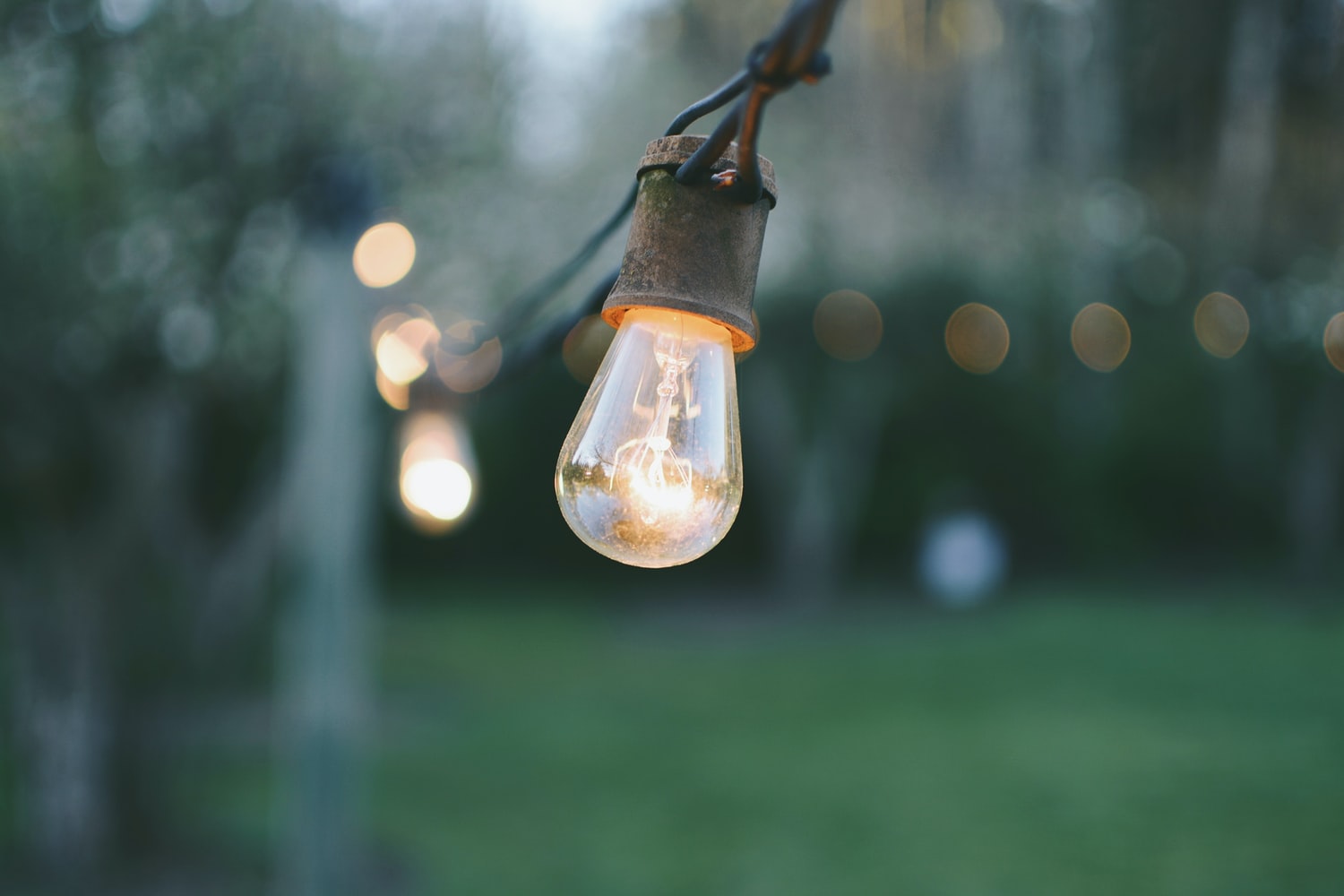
Designing and Installing of Landscape Lighting
Landscape lighting can make your yard more inviting, safe, and beautiful. But how do you plan for it? With the right tools and materials, you can create an outdoor living space that's beautiful all year round. In this guide to landscape lighting, we'll explore the different types of lights available to illuminate any area.
The landscape lighting has a significant role in creating a pleasant and safe environment at night.
Why Outside Landscape Lighting Matters
The outdoor areas are outside the home, which offers an opportunity to create an inviting space for your family or guests. Furthermore, it helps you to see better when walking about after dark. It can also be used as a safety measure against intruders. However, installing the lights is not always easy due to the complexity of different types of fixtures available on the market and their numerous features and options that need consideration before making a purchase decision.
To make things easier for you, we have compiled this guide with all relevant information that will help you design your layout while considering all these features to meet your needs perfectly well as per color type, power consumption, et cetera.
What is Landscape Lighting
Landscape lighting is an essential part of any home landscaping project. The hours of the day, season, and type of plants and trees will all affect the type of light needed to illuminate a space. Choosing your landscape light first requires that you evaluate what task each morning will be used for.
One type of lighting may illuminate an entire garden, while another light will create a mood in the hills and valleys.
How to Plan and Design a Landscape
Numerous factors should be considered when designing your yard, and outdoor lighting is one of them. The amount of natural light in your area will help you determine which type of lighting you need to install. The amount of space and time you have also can impact the landscaping design process.
It is essential to establish a budget for your project as well. Below are some design considerations that you can take into account when planning and designing a landscape.
Type of Landscape
You need to decide which kind of landscape you want before selecting specific elements like trees, plants, or lighting fixtures. For example, do you want a formal garden with flowerbeds? Are you thinking about cutting out space for an outdoor living room? Depending on your layout, you may need certain types of lumens lighting to illuminate your landscape.
Plants
The right plants in the right places can transform an ordinary landscape into a stunning one. Plants that require shade need to be placed in more shaded areas, and plants that prefer sunlight should be planted in sunny spots. Keep your landscaping design balanced by choosing tall trees or medium-sized shrubs for the back of your yard and more petite flowers on the front edges. The right combination of plants will help highlight your outdoor space and create the appearance you want to achieve.
Safety Concerns for Outdoor Lighting
There are a few safety risks that come with outdoor lighting. One of the most important things to consider is candles, which can't be used because they don't have a protective shield. You also need to watch out for any water sources near your lights because it's highly likely that any damage will cause electrocution.
Finally, it's essential to stay away from power lines and transformers when installing your light fixtures, as they'll carry electricity, so even if you feel like you're in the clear, it's possible for there to be some severe harm done in another area.
Installing the Lights
The lights you choose will determine the amount of energy you will need regarding wattage and bulbs. There are also different types of fixtures available to use for your lights, such as hanging them from poles, mounting them on walls, or placing them above the ground. It is essential to mount all fixtures at about 10 feet or higher not to create a glare or block the light from other fixtures. If you have any trees in your yard, it's best to install the lights below the tree canopy not to damage the trees.
There are many options when deciding what type of outdoor lighting you want for your residence. The outside space around your home can be an extension of your living space and contribute to its enjoyment with a few easy additions. The first step is to understand the basics of outdoor lighting options, how they work, and the benefits they deliver for you.
